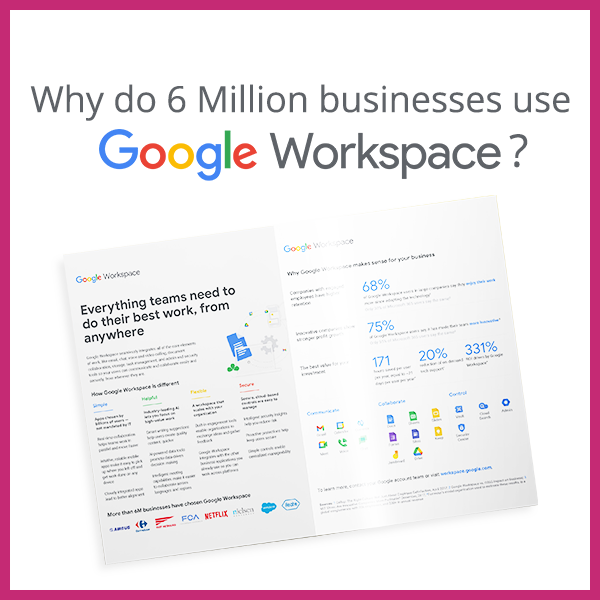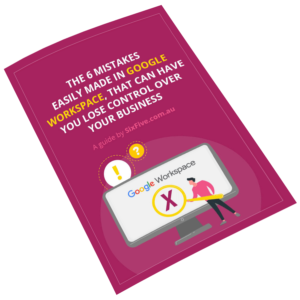
A UVP, or Unique Value Proposition, is every business’s gateway to differentiation. Without one, businesses may struggle to find what’s truly unique about what their solution offers. It goes by other names, such as Unique Selling Proposition (USP) or simply “value prop” for seasoned marketers.
When not even business owners understand why they’re different from their competitors, it’s unlikely that their prospects will. And when there isn’t anything desirable at play, it’s far easier for potential customers to seek unique value somewhere else.
But what is a UVP, anyway?
In a short sentence, a UVP is a brief statement about what’s unique and desirable about the solution you offer.
American executive Rosser Reeves created the original value proposition for candy brand M&M’s, which reads as follows:
“Melts in your mouth, not in your hands.”
It’s unique. It’s short. It’s desirable. And it clearly states what makes M&M’s different from other chocolate treats.
Unlike taglines, UVPs are clear about the brand’s main differentiator. For example, Nike’s tagline “Just Do It” doesn’t say anything about the brand’s core value. Although it’s fantastic for branding purposes, it doesn’t clearly and briefly state what the brand does that others don’t.
Now that you’re aware of the meaning of a UVP, it’s time to develop or perfect your own. Below, we’ll share some research tips you can use to get started.
Define Who Your Customers Are
You may have already defined your target audience. If that’s the case, you can use existing research material to refine your UVP.
If you’re unsure of who your customers are, this is your chance to understand and define who you should be marketing to.
Do your best to answer the following questions:
- First, who are these people? What are their common interests? What are their common problems? Which websites do they visit? What are their demographics?
- What motivates your audience to look for products like yours? What’s currently going on in their lives that your solution can help solve? Are they in pain? Are they looking to achieve something?
- What do the people who buy from you love about your product/service? If you have existing testimonials and reviews, you can look at those and find patterns about what’s desirable about your solution.
Identify Your Competitors
It can be tempting to stick to your own solution. But competitors are also offering unique value and making irresistible promises – all of which could take market share away from you.
In order to develop an attractive UVP, you’ll need to know what your competitors are saying, as well as what they’re not saying. Try to find out:
- What do their UVPs look like? Do they even have one? What makes it interesting? What makes it ignorable?
- What do their customers dislike about them? This is the perfect time to look at those 1-star reviews and analyse what the competition could’ve done better. What’s disappointing about their solution? How does it relate to the pains your customers might be feeling?
- What do their customers like about them? Looking at what their customers like about the competition can help you tap into the problems they’re trying to solve and the benefits they’re looking for. Because we’re talking about competitors, your audiences may be the same, or at least very similar.
Know What Problems You’re Solving
What are your customer’s unsolved pain points? Which solutions have they tried, and why have they failed? How do these people feel about those pains being unsolved?
When you identify your prospects’ and customers’ pain points and use them in your UVP, you help people see themselves in it. You reflect their pain back at them in an empathetic way. Which makes them think, “wow, this person gets me.”
You can pinpoint the problems your audience needs you to solve. All you have to do is ask them!
Whenever possible, conduct customer surveys and interviews in order to understand why they sought your solution. If you’re unable to conduct interviews, websites like Reddit and Twitter are great places to find unfiltered opinions about their pains and problems.
Of course, this will depend on whether your audience visits websites like Twitter and Reddit – hence the importance of knowing your audience.
Simplify Your Benefits
“The All-In-One Toolkit for Working Remotely.”
This is the value proposition for Basecamp. In seven words, they’ve told us who their solution is for (people who work remotely), and what makes them unique (it’s an all-in-one toolkit, meaning they won’t have to switch between platforms to get things done.)
When drafting a UVP, you don’t have to start out small. For instance, the folks at Basecamp could’ve drafted theirs as follows:
“Basecamp is a complete toolkit for people who work remotely.”
There’s a potential value proposition there. Yet, you have to be able to create a succinct statement while trying out different variations. We’re sure the Basecamp team didn’t come up with a winning line on the first go.
What to Do Next
There are so many different ways you can develop a winning UVP. Maybe you’ll read a clever customer testimonial that tells you everything you need to know – from motivators to pain points to aspirations. Maybe you’ll have to create one yourself, basing your value prop on a handful of customer interviews.
Speaking of interviews, you could ask your target audience something such as:
“If you could use three words to describe our business, what would these be?”
This can give you insights about the words real customers are using to talk about your product or service. Again, there are several ways to find your UVP – but in order to find the perfect one, you’ll have to dig deep.
Lastly, you don’t have to create a single value proposition. You can create different variations, and conduct A/B tests to learn which one best reflects your brand’s value.
As your business grows and you target new market segments, keep in mind that you’ll need to adapt your UVP accordingly. It’s all part of keeping your value bold, clear, and unmatched.


